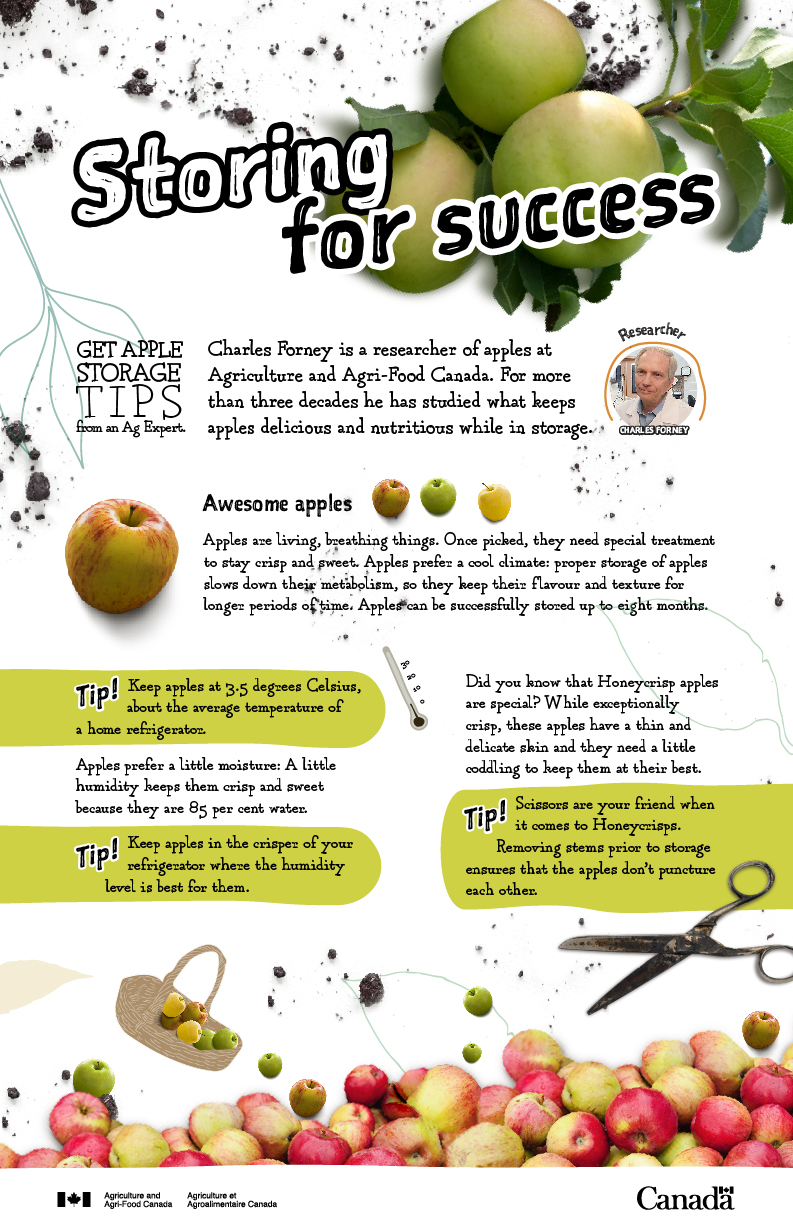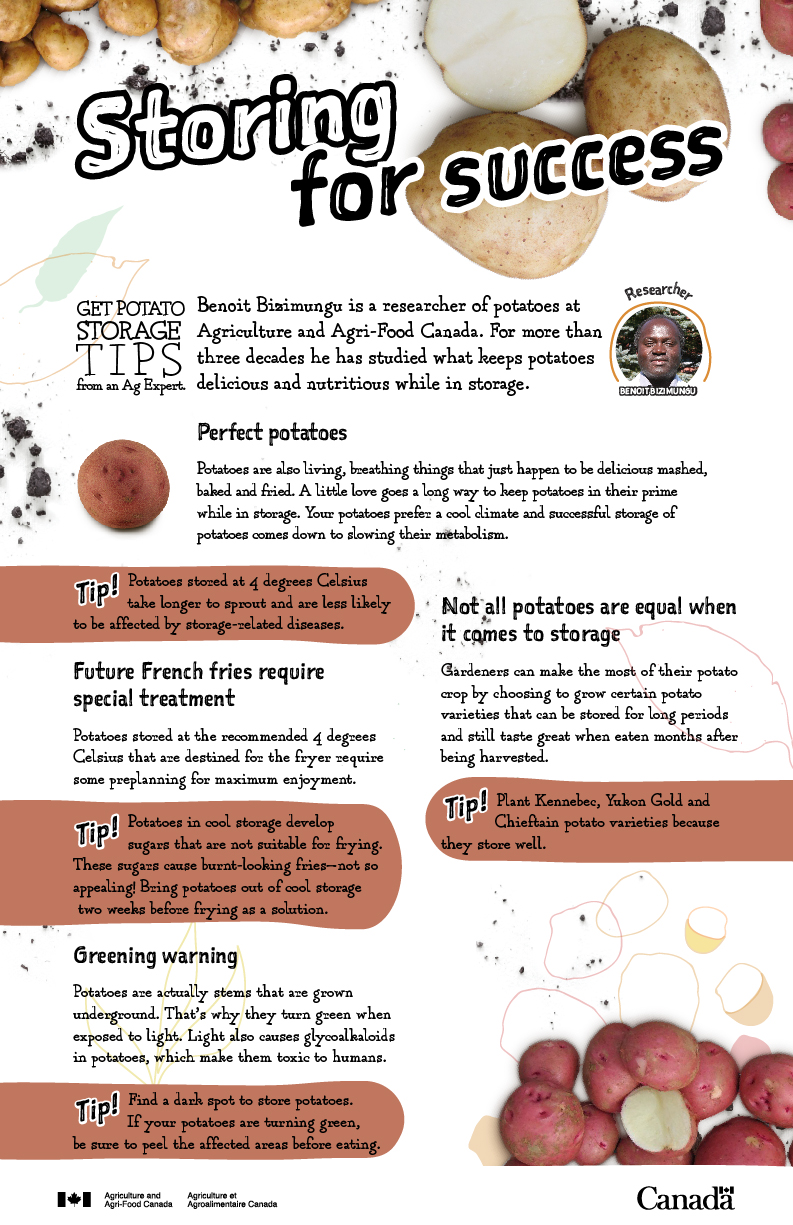October 22, 2020
The harvests that Canadians are enjoying from their COVID-19 gardening projects this year are more than generous: colourful and crisp vegetables, juicy fruits, tart berries and some well-spent hours in the sun away from the realities of social distancing.
Apples and potatoes, in particular, grow in quantities that require long-term storage. Learn how to best store your apples and potatoes for best nutrition and flavour with some help from our researchers!
Awesome apples
Canadians know what to expect when they see a red apple—a fresh, crisp crunch with a sweet and tart finish. There is nothing else like it. Behind all of this deliciousness is the scientific fact that apples are living and breathing things.
AAFC researcher Dr. Charles Forney says this is why, “proper storage slows down their metabolism and extends their storage life.” The safeguarding of an apple’s crunch and flavour is the focus of Dr. Forney’s career and he is helping growers to sell Canadian apples more than eight months after harvest.
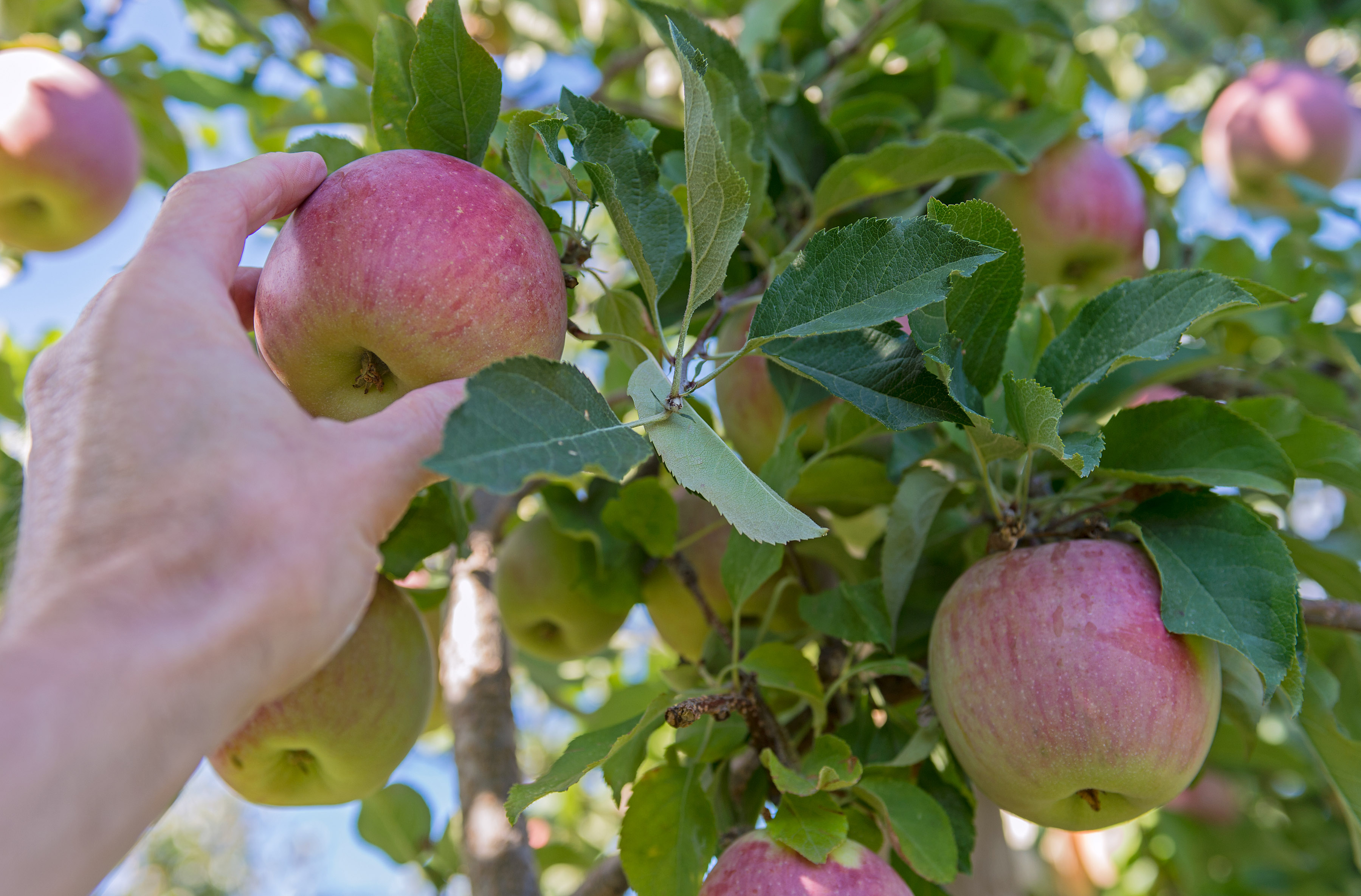
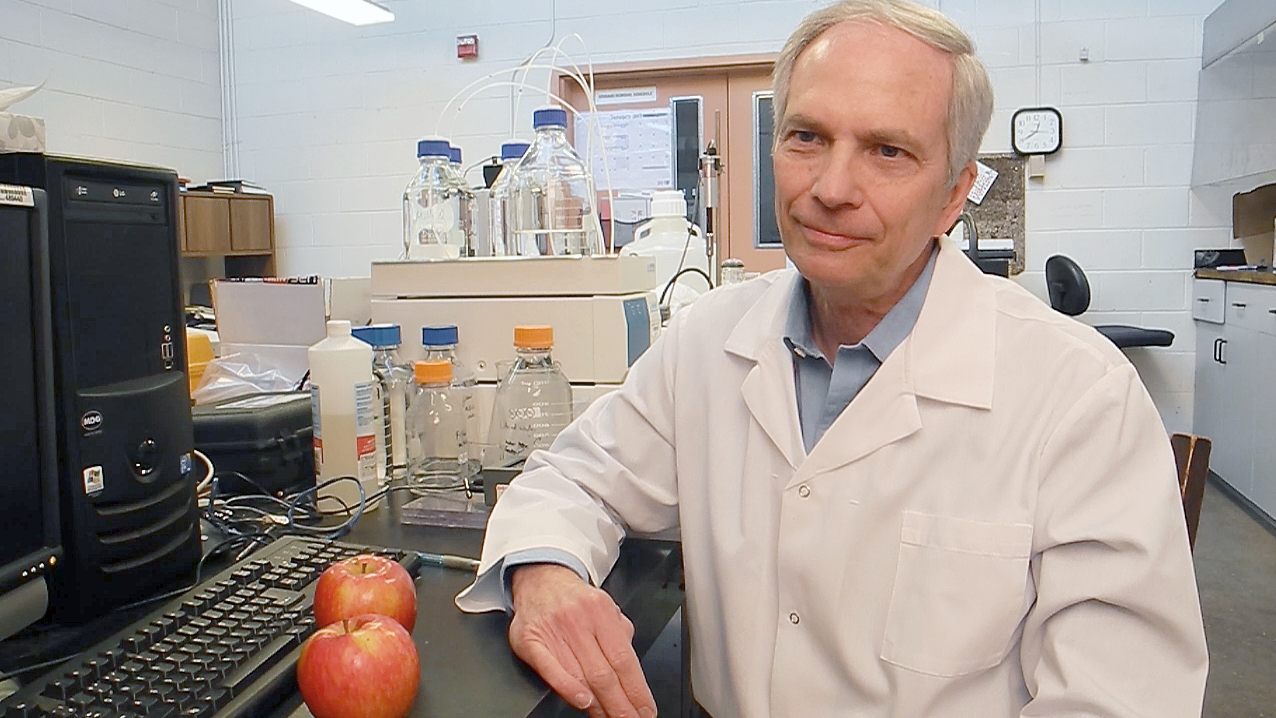
Cool but not cold
Some of this research can help Canadian gardeners who have apple trees, too. “Apples like to be refrigerated at 3.5 degrees Celsius,” explains Dr. Forney. Happily, this temperature is very close to the internal temperature of most home refrigerators.
“Apples are composed of water, so they like a little humidity,” he adds. Refrigerators also provide some humidity. His advice to gardeners with apple trees: “Keep them in the crisper of your refrigerator.”
Cool fact: AAFC research on apples has resulted in a device that literally listens to apples called the HarvestwatchTM sensor. This device was created for Canadian apple producers and it communicates with apples about their environment—helping producers to keep oxygen levels low so apples stay as fresh as they can as long as they can. Crisper and more nutritious!
A delicate word about Honeycrisp
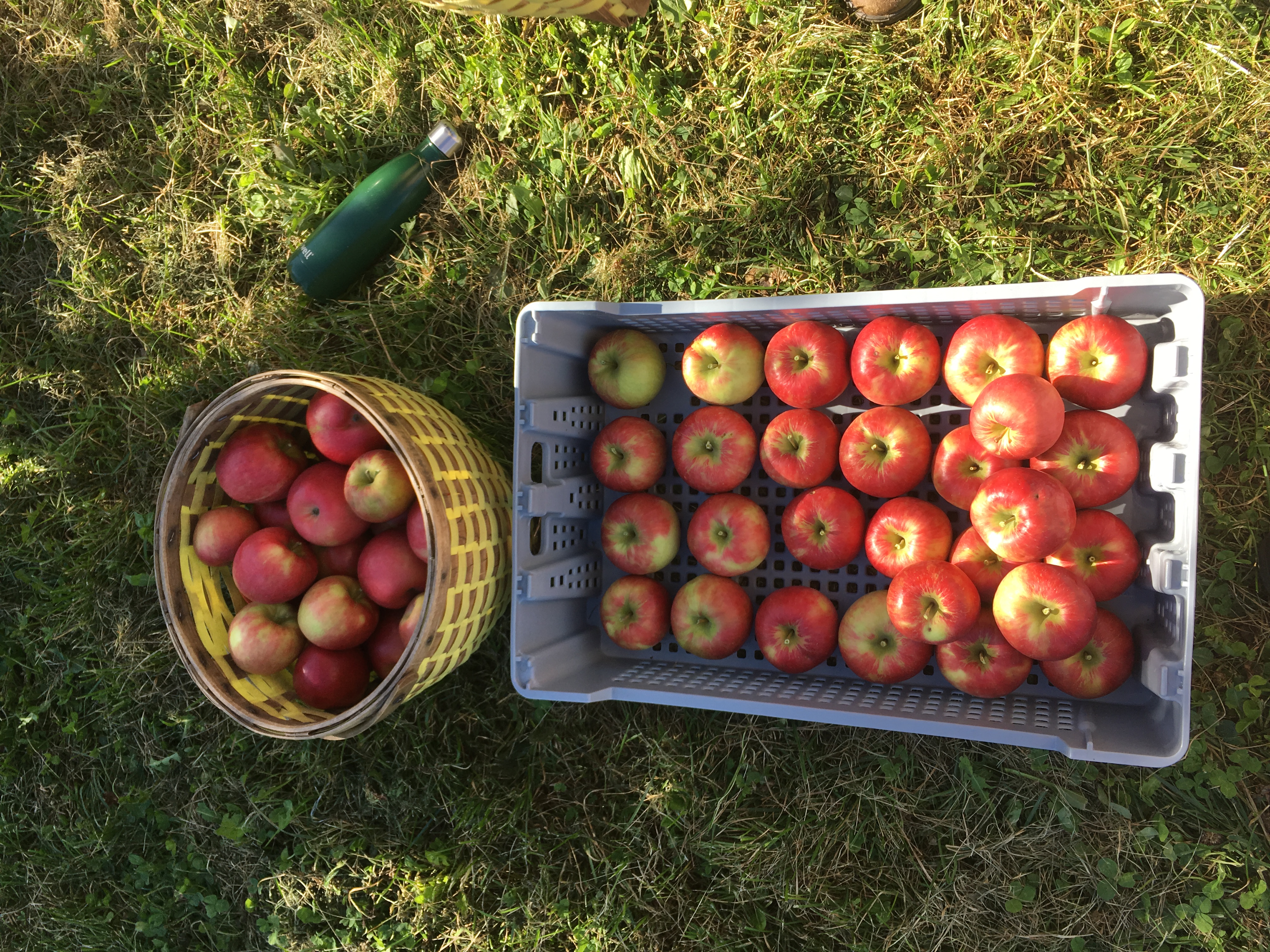
Dr. Forney has studied apples for 26 years and has specific instructions for those gardeners who grow Honeycrisp apples, which are known for both their delicious flavour but also for being finicky. Since Honeycrisps have thin skin, they can be easily punctured by apple stems when stored together. To avoid the punctures, Dr. Forney says that every stem must be snipped off before storage.
Perfect potatoes

Potatoes, too, are living, breathing things that just happen to be delicious mashed, baked and fried. AAFC’s Dr. Benoit Bizimungu has studied potatoes for 23 years and has some advice for gardeners hoping to store their potato harvest over the winter months.

“Because potatoes are living organisms, keeping them at lower temps reduces their metabolism,” he explains. Potatoes stored at 4 degrees Celsius take longer to sprout and less likely to be affected by storage-related diseases. The most common is fusarium, a fungus from the soil that causes dry rot. This pathogen uses skin breaks to access the flesh of potatoes in storage.
Cold storage? Not if you want fries with that
Cold storage is a good thing as long as you have no plans of French frying your way through your potato harvest. Potatoes exposed to cold, like in a refrigerator, develop sugars that are not suitable for frying. High sugar levels in potatoes cause darker coloured fries—making them not so appealing looking. Dr. Bizimungu suggests planning ahead and bringing potatoes out of cold storage about two weeks before frying. The warmer temperature restarts a potato’s metabolism so that its sugars are converted back into starch again.
Hello darkness my old friend
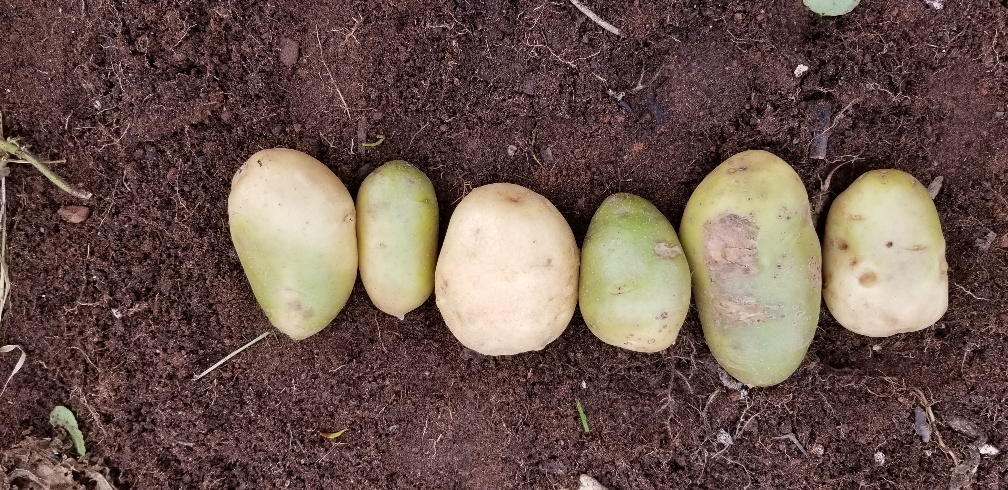
When choosing a location to store potatoes, find a dark location. Potatoes exposed to light develop pigments making them not good for human consumption. Potatoes are tubers from the Nightshade family—they are actually stems that grow underground. This is why they turn green when exposed to light. According to Dr. Bizimungu, this process is called greening and it causes glycoalkaloids, which can be toxic. Dr. Bizimungu recommends peeling any greening from potatoes before eating them.
Cool fact: Dr. Bizimungu is working with his AAFC colleague Dr. Bourlaye Fofana in Prince Edward Island to develop varieties that don’t green.
Most important: choose the right potato



Dr. Bizimungu advises gardeners to choose to grow potato varieties with good storability, like: Kennebec, Yukon Gold and Chieftain.
To all those Canadian gardeners who reaped the benefits of growing a garden this year, Agriculture and Agri-Food Canada salutes you!
Get more Agri-info
- Want more stories like this? Explore what else Agri-info has to offer.
- Interested in reporting on this story? Contact AAFC Media Relations at aafc.mediarelations-relationsmedias.aac@agr.gc.ca to arrange an interview with one of our experts.
